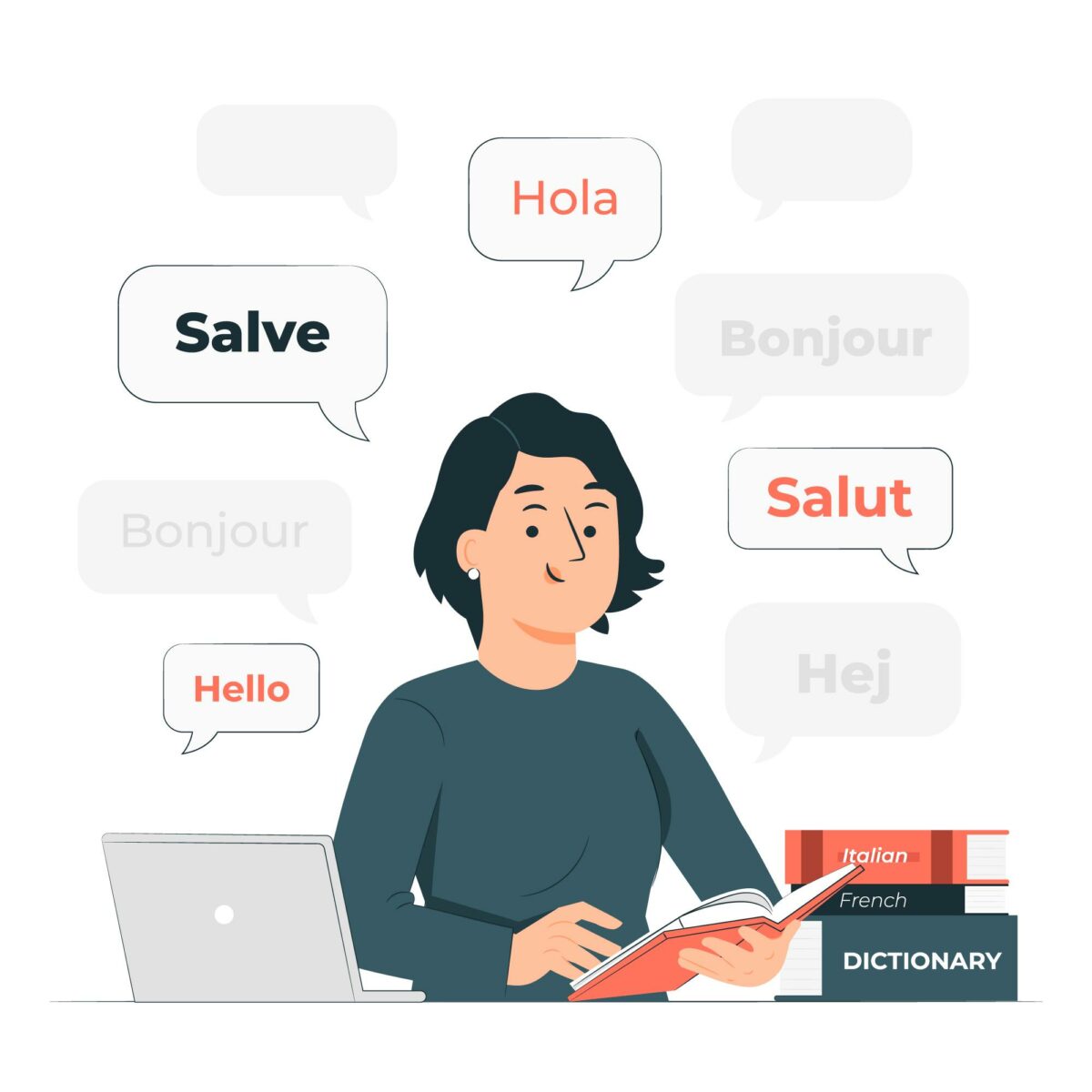In the vibrant corporate arena of today, having access to a diverse and international consumer base is indispensable for success. Whether a fledgling firm or a transnational conglomerate, installing multi-language support in Salesforce applications can vastly improve the user experience and widen the target market.
This article examines the significance of multi-language support in Salesforce apps and offers a step-by-step directive on constructing it effectively.
The Significance of Multi-language Support
Expanded Market Reach:
Offering services in multiple languages has the potential to extend your consumer base and target new markets, widening your reach.

Optimised User Experience:
When your Salesforce application is presented in their chosen language, customers are far more likely to participate. This yields elevated rates of satisfaction and loyalty.
Adherence and Accessibility:
In certain areas, providing content in the native language is not just an inclination but a binding mandate. By furnishing multi-lingual support, you can guarantee conformance with these regulations.
Competitive Advantage:
Offering multi-language support can help give your business a boost in competition compared to other businesses that haven’t implemented this attribute. It can be used as a major selling point to possible clients.
Steps to Building Multi-language Support in Salesforce
Now, let’s dive into the practical steps to implement multi-language support in your Salesforce apps.
Plan Your Language Strategy
Before diving into development, you should carefully plan your language strategy. Consider the following:
- Identify Target Languages: Determine which languages are most relevant to your user base. Start with the most spoken languages and expand as needed.
- Content Localization: Decide which parts of your Salesforce app need to be translated. This could include UI labels, error messages, help documentation, and user-generated content.
- Translation Management: Choose how you will manage translations. You can hire professional translators or use machine translation services but ensure the quality of translations.
Customise Salesforce Labels and Messages
Salesforce app development provides a Label Translation feature that allows you to translate standard and custom objects, fields, and picklist values. Here’s how:
- Navigate to Setup > Translation Workbench > Translation Settings.
- Enable Translation Workbench.
- Add the languages you want to support.
- Translate custom labels, picklist values, and other components.
Translate Visualforce Pages and Lightning Components
If your Salesforce app includes Visualforce pages or Lightning components, you’ll need to make them language aware. Here’s how:
- Use Salesforce’s $Label global variable to reference translated labels and messages within your code.
- Create separate Visualforce pages or components for each supported language and load the appropriate one based on the user’s language preference.
Manage Translated Content
As your Salesforce app evolves, you’ll need to update and add new content. Managing translations efficiently is crucial:
- Implement a process for updating translations whenever there are changes in your app’s content.
- Consider using a translation management tool or integrating with a translation service to streamline this process.
Handle User Preferences
Allow users to select their preferred language. You can achieve this by:
- Creating a custom user profile field for language preference.
- Providing language selection options in your app’s settings or user profile settings.
Test Thoroughly
Before rolling out multi-language support to your entire user base, conduct thorough testing. Ensure that:
- Translations are accurate and contextually appropriate.
- Language switching works seamlessly without errors.
- All UI elements, including buttons and navigation, display correctly in all supported languages.
User Training and Documentation
Communicate the new multi-language features to your users and provide documentation on how to change their language preferences if needed.
Monitor and Gather Feedback
After implementing multi-language support, continuously monitor user feedback and usage patterns. This will help you identify any issues or areas for improvement.
Challenges and Considerations
While building multi-language support in custom Salesforce apps can offer numerous benefits, it comes with its own set of challenges and considerations:

Cost: Translating content and maintaining translations can be costly, especially if you support multiple languages.
Maintaining Consistency: Ensuring consistent terminology and messaging across languages can be challenging.
Updating Content: As your app evolves, you’ll need to keep translations up to date.
User Experience: Switching between languages should be intuitive and seamless for users.
Performance: Loading multiple language versions of Visualforce pages or components can impact performance.
Legal and Cultural Considerations: Be aware of legal requirements and cultural sensitivities when translating content.
Conclusion
In an increasingly globalised world, providing multi-language support in Salesforce apps is not just a nice-to-have feature but a strategic imperative. It can expand your market reach, enhance user satisfaction, and give you a competitive edge. By following the steps outlined in this article and considering the challenges, you can effectively build multi-language support and take your Salesforce app to the next level of success.
What distinguishes QSS Technosoft Inc as the perfect Salesforce partner?
At QSS Technosoft Inc, we are cognisant that every business and its objectives are not the same. This is the reason why our methodology for building mobile applications is centred on devising specialised solutions to observe your specific project aspirations.
We endeavour to provide superior service by extending the superlative customer experience throughout the whole development cycle. Our team of experienced experts fuses profound technical proficiency with an enthusiasm for technology to ensure that your venture is finished inside the expected time frame and within budget.
We are justifiably proud of our aptitude to furnish robust, secure, effortless and user-friendly mobile applications that satisfy your corporate needs. Our mobile app development process initiates with grasping the foremost needs of each project. We then structure personalised approaches to confirm that our goals for success are accomplished economically while satisfying the highest standards of security and dependability.
We exercise advanced methods and technologies to confirm that our mobile applications are appropriate for both Android and iOS platforms. Our group of developers possess knowledge in a range of languages including Java, Kotlin, Swift, and Objective-C, which enables us to provide excellent services swiftly.
We are proud to mention that our work has been recognized by leading B2B reviews and research platforms like GoodFirms, Clutch, MirrorView, and many more.


Building Custom Charts and Dashboards in Salesforce